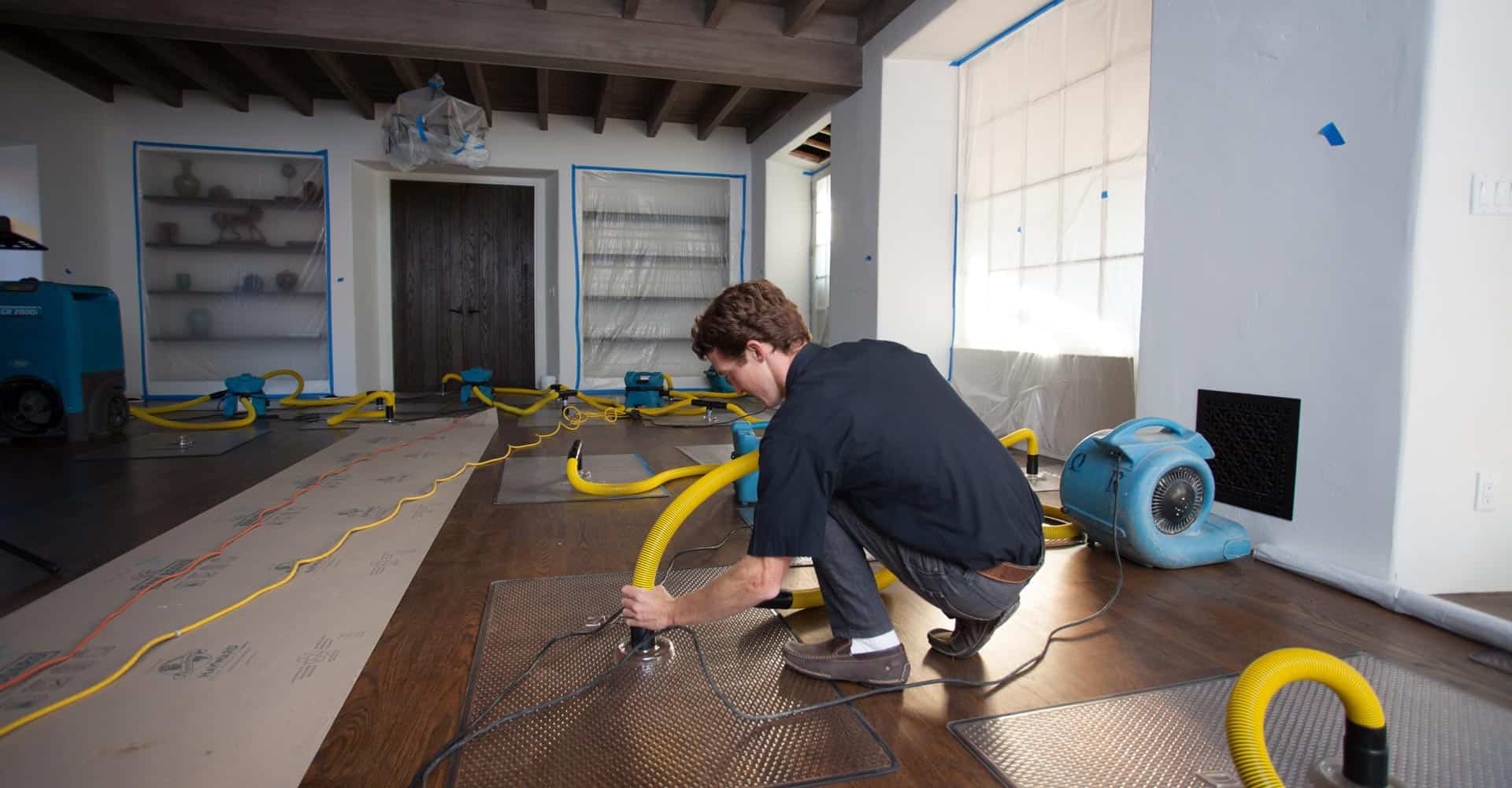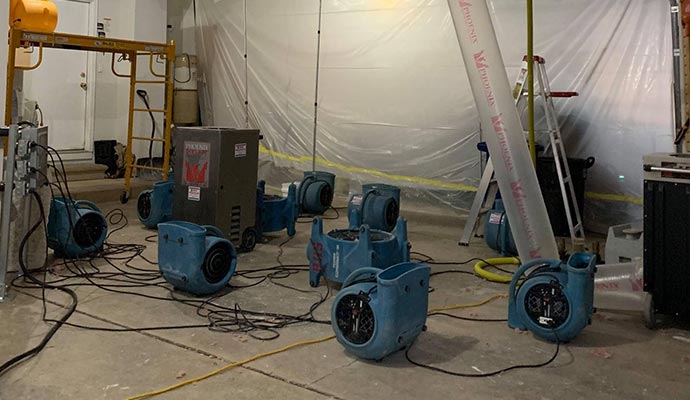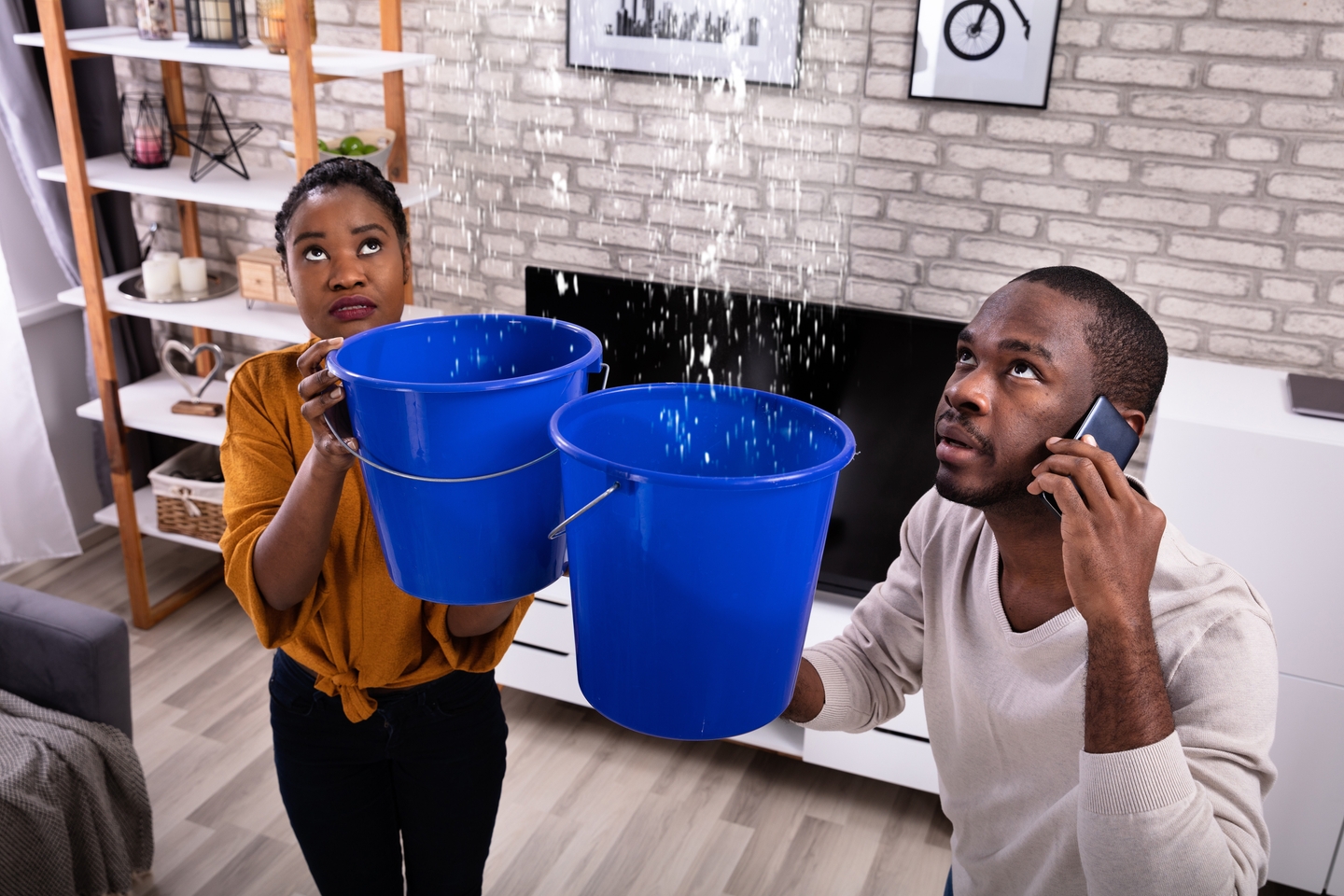Vital Steps for Effective Water Damage Restoration in your house
Water damage in your home can be a distressing incident that needs immediate focus and systematic reconstruction. When faced with water damages, recognizing the essential actions to take can make a considerable difference in the result of the restoration process.
Recognize the Water Damage Resource

To determine the water damages source, begin by aesthetically inspecting your building for any noticeable signs of water leakage or merging. Examine areas susceptible to water damages such as cellars, attics, and around plumbing components. Use tools like dampness meters to identify hidden water buildup within walls or ceilings. It is likewise advisable to evaluate your home's upkeep documents to determine any previous problems that may have added to the existing water damage.
In instances where the resource of water damage is not instantly obvious, seeking advice from with an expert water damages repair business can supply proficiency in locating and dealing with the underlying cause effectively. Swiftly identifying and addressing the water damages resource is essential in decreasing the degree of damages and making sure a successful remediation process.

Remove Excess Water
To effectively alleviate water damages in your house, timely elimination of excess water is crucial to protect against more architectural injury and mold and mildew development. The initial step in getting rid of excess water is to recognize the resource and quit the water from going into the residential property. As soon as the resource is managed, start drawing out standing water utilizing customized devices such as water pumps, wet/dry vacuums, and dehumidifiers. It is important to act rapidly, as stagnant water can permeate right into wall surfaces, floors, and furnishings, causing irreversible damage. Beginning by concentrating on one of the most damaged areas and slowly work in the direction of drying the entire room.
When removing excess water, prioritize safety and security by guaranteeing that electrical energy is turned off in flooded locations to protect against electrical risks. By without delay removing excess water, you can considerably lower the extent of water damage and restore your home to its pre-damaged problem.
Dry Affected Locations
Motivate elimination of excess water establishes the structure for the following critical action in water damages reconstruction: drying additional hints the influenced locations extensively. As soon as the standing water has actually been removed, the emphasis moves to drying the space completely to stop further damage and mold and mildew development.

Moreover, using specialized equipment like dampness meters can aid in determining hidden pockets of moisture within wall surfaces or flooring, ensuring a comprehensive drying out technique. It is vital to keep an eye on the drying progress consistently to protect against any type of problems or potential mold and mildew invasions.
In cases of considerable water damages, seeking specialist assistance from water damage reconstruction professionals is advisable to make certain complete drying and protect against long-lasting structural problems. Remember, detailed drying is key to effective water damages reconstruction and preventing future difficulties.
Clean and Disinfect
Making sure extensive cleansing and disinfection of water-damaged areas is an essential step in the restoration procedure to eliminate dangerous bacteria and stop potential health and wellness threats. After drying out the impacted locations, it is necessary to cleanse all surfaces with soap and water. This preliminary cleansing helps eliminate dust, debris, and visible pollutants. Following this, sanitation is critical to kill any kind of remaining germs and microorganisms. mold remediation albany ny. Making use of EPA-approved anti-bacterials can aid in neutralizing prospective wellness hazards present in standing water or moisture-soaked materials.
When cleansing and disinfecting, it is crucial to wear suitable protective gear such as gloves, masks, and goggles to safeguard yourself from any hazardous substances. Pay special attention to areas that are typically neglected, such as concealed corners, wall cavities, and under flooring, as they can nurture dampness and germs, causing mold growth and foul smells if left unattended.
Fixing and Bring Back Damaged Areas
After finishing the cleansing and disinfection process, the following critical action in water damage remediation is to fix and recover the damaged areas in your house. When the impacted areas have actually been completely cleaned and decontaminated, it is necessary to examine the degree of the damage to establish what repair work are necessary. This might include fixing architectural damage, changing drywall, repairing flooring, or bring back damaged furnishings and valuables.
It is essential to resolve water damages promptly to protect against additional concerns such as mold development or structural deterioration. her response Employing professional specialists or restoration professionals can make certain that repair services are done correctly and effectively. They have the proficiency and tools to deal with water damages restoration successfully.
When fixing and restoring harmed locations, it is important to make use of quality products that are immune to water damage to stop future concerns. Additionally, making sure proper ventilation and wetness control in the recovered areas can assist stop mold and mildew growth and preserve a healthy and balanced interior environment. By dealing with water damages without delay and effectively repairing and restoring harmed areas, this you can guarantee the long-lasting safety and security and integrity of your home.
Final Thought
Finally, effective water damage repair in your house calls for identifying the source of the damage, eliminating excess water, drying out impacted locations, cleansing and disinfecting, and fixing harmed locations. By adhering to these crucial actions, you can mitigate the impact of water damage and restore your home to its pre-damaged condition. It is essential to act quickly and thoroughly to avoid additional damage and guarantee a risk-free and healthy living environment.